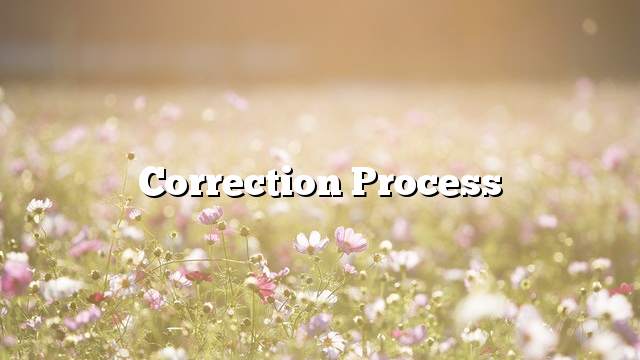Sight
The eye function, which consists of the cornea, lens and retina, is linked to the optic nerve by the retina. Unfortunately, sometimes the vision is not 100% correct, so some resort to The so-called correction of sight.
Eye correction processes modify the cornea or lens or, in some cases, both are modified, with the aim of focusing light on the back of the eye without the need for lenses.
Problems that make the correction process
Some people may have some eye problems that require the need to perform vision correction.
Farsightedness
Long-distance vision is more visible than close-range vision, and the eye is too short and the cornea is flat for its concentration, leading to obvious confusion.
Nearsightedness
Where close-range vision is clearer than long-distance vision, the eye is very long and the cornea is sharp for its concentration, and this leads to obvious confusion.
The vision is distorted or what is called astigmatism
It occurs due to the presence of different contact points in the eye which leads to image distortion, in addition to the irregularity of the eye surface.
What are the types of corrective processes?
- Laser correction may be performed on the surface of the cornea: the lasers are placed on the surface of the cornea, that is, the outer layer. This method is used to treat myopia, or myopia, or myopia with astigmatism, or myopia with astigmatism. Everyone can perform this process. There are factors that affect the person’s ability to perform the process including the patient’s medical history, especially with regard to eye diseases.
- LASIK Correction procedures inside the cornea: the lasers are placed on the inner corneal layers.
- Eye implants.
On what depends on how successful the operations are
The first factor is the patient; the extent of the patient’s assistance and the validity of the process for the patient, and this depends on the tests conducted by the patient before the operation, the second factor is the doctor and the extent of expertise and specialization in this area, and the third factor is the device used in the process and the extent of modernity and accuracy.
Procedures to be performed before the correction process
If the patient wears contact lenses, he should not wear them for about fourteen days, so that the cornea returns to normal and gives normal results when examined. The doctor will examine the cornea, lens and retina and make sure that the eye is free of diseases, and then measured the size of the glasses in particular and more than a device because these results will be entered by the doctor in the device, is measured corneal thickness, and also measured the cornea to exclude the presence of cornea Cone Yeh.
